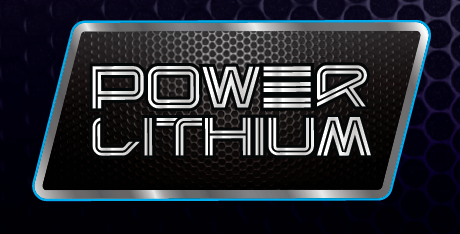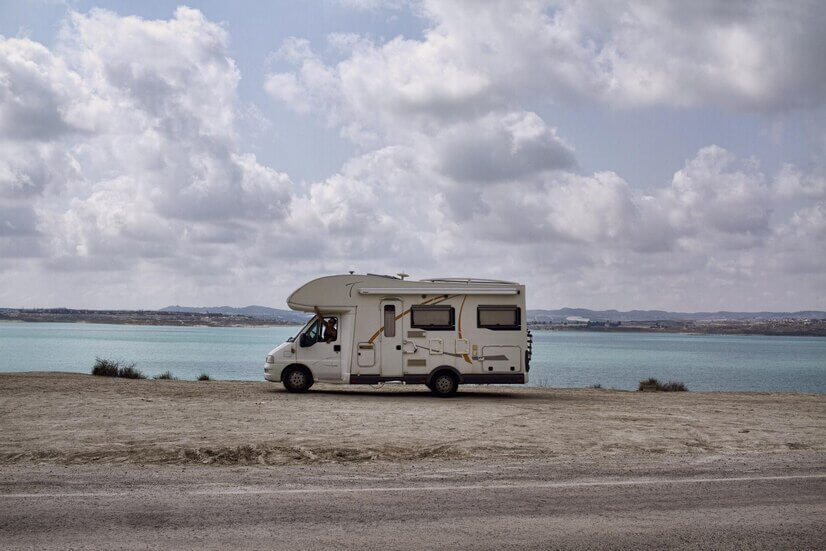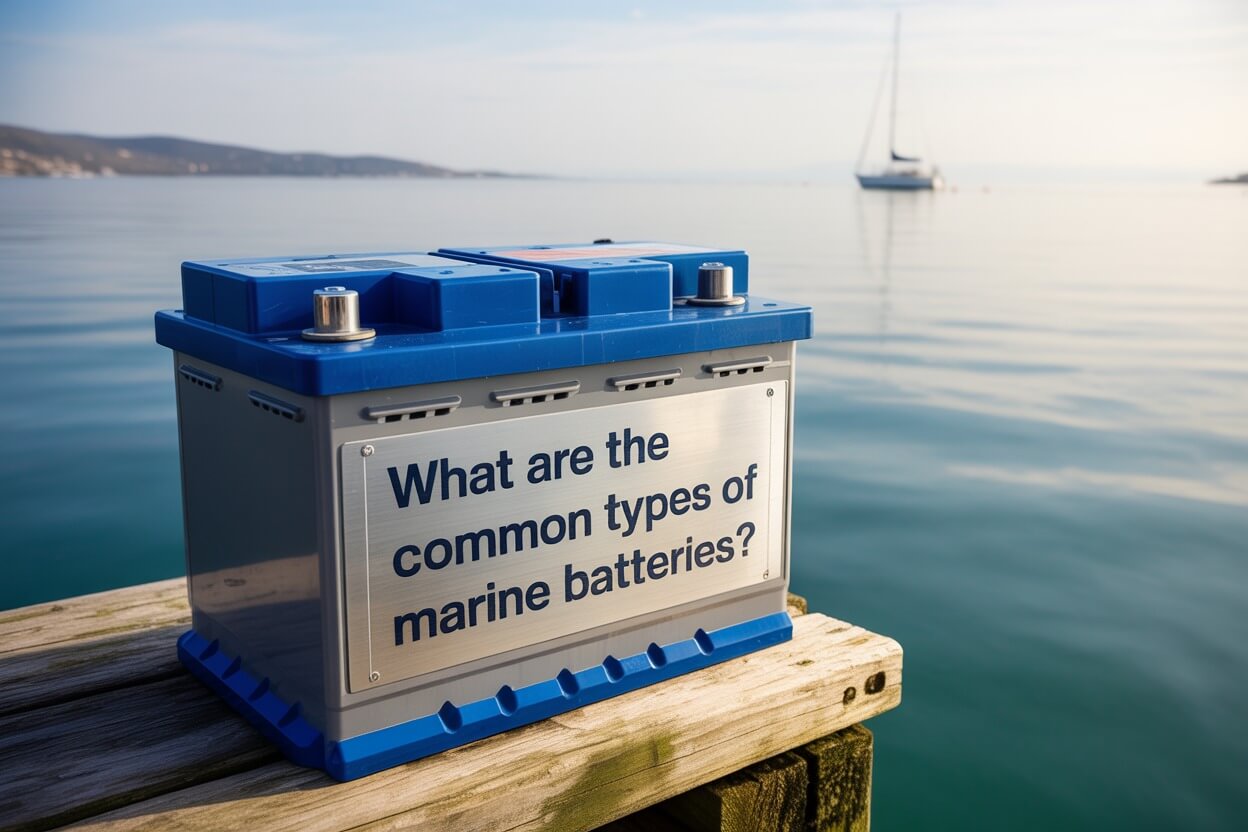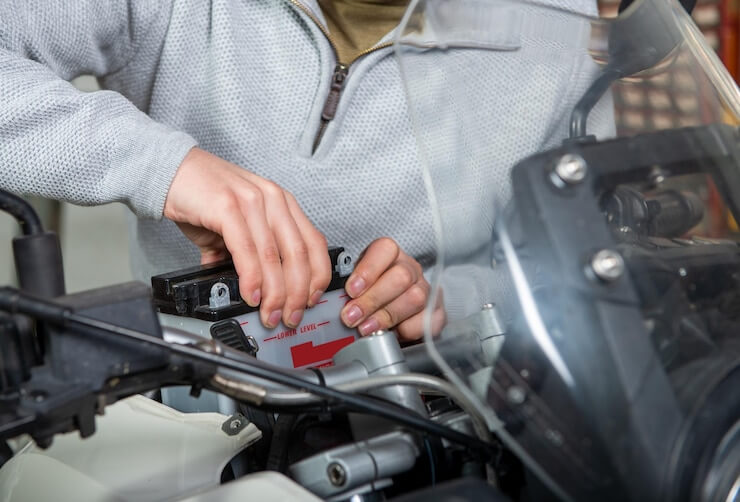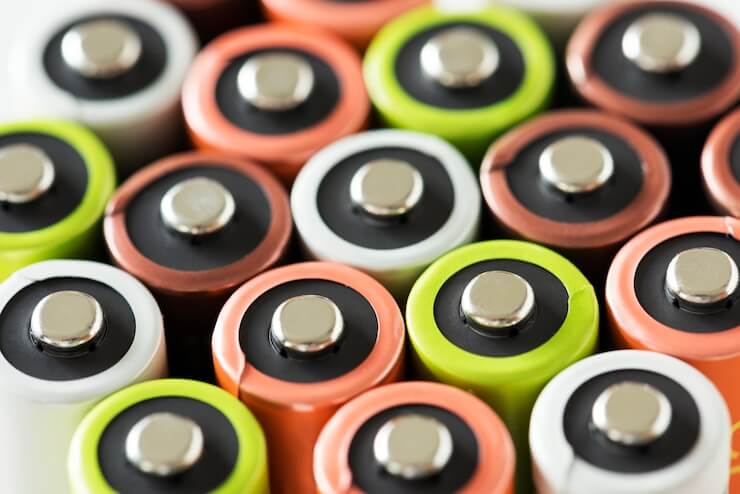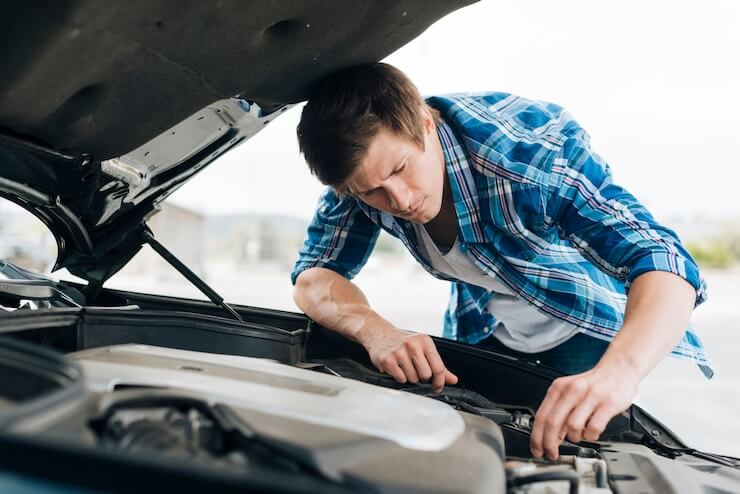New Caravan Battery Standards
The new caravan battery standards- AS/NZS 3001.2:2022 has ignited considerable interest and discussions. Regrettably, a substantial portion of the information in circulation contains inaccuracies or misconceptions about the standard. Our objective is to provide an impartial interpretation of the new caravan standards, highlighting their pivotal role in ensuring the safety of lives and property through rigorous safety measures. We are unwavering in our commitment to compliance and certification, offering conclusive evidence of extensive testing to assure manufacturers, recreational vehicle users, and insurers that our batteries fully adhere to the safety objectives outlined in the standard, without any attempts to manipulate it.
Within this document, our primary focus is on Lithium Ion batteries and their installation, specifically addressing the key areas of confusion. We aim to shed light on the two most contentious clauses: battery certification and battery installation location, offering our perspective to foster safer practices within the caravan industry.
Read below for an overview, this information was accessed in partnership with Sealed Performance and Invicta Lithium Batteries. You can read their guide by visiting their website.
Minimum Requirements For Lithium with the new caravan battery standards
5.4.12.3.1 Requirements
Every lithium-ion battery must be equipped with a battery management safety system, whether integrated into a battery pack or provided as a separate component. All lithium-ion batteries must conform to AS IEC 62619. The purpose of the battery management safety system is to shield the lithium-ion battery from potentially harmful situations.
The critical point here is the stipulation that “All lithium-ion batteries shall comply with IEC62619.” The term “battery” encompasses both the battery management safety system and the individual cells. Merely possessing certified cells does not account for issues like intercell propagation and the performance of the Battery Management System (BMS), which is a fundamental safety component, under adverse conditions such as thermal runaway. Only when a battery is IEC62619 certified can one be certain that all aspects of the battery, including the BMS and cells, have undergone comprehensive safety testing and are fully compliant.
How to Determine If Your Battery Is IEC 62619 Certified?
To ascertain if your batteries hold IEC62619 certification, you can pose a simple question to the manufacturer: “Do you possess a certificate?” The most reliable way to confirm compliance of the battery (or its cells) is to ensure that they have been rigorously tested against the standard and have passed. A test certificate serves as proof of compliance. In the absence of a test certificate from the manufacturer or supplier, it is likely that neither their batteries nor cells comply with IEC62619.
Other Safety Requirements For Lithium Batteries (BMS)
5.4.12.3.3 Electrical Protection
The battery management safety system must continuously monitor the voltage, current, and temperature of the battery and take automatic measures to disconnect in cases of over and under-voltage, over and under-temperature, and over-current. The battery management system should either adhere to the recommendations of the cell manufacturer or be designed and supplied by the same manufacturer.
The fact that these sections fall under the heading “5.4.12.3 Battery management safety system” should indicate that the entire battery should be certified, not just the cells.
Installation Location For Lithium Batteries (internal to vehicle) for the new caravan battery standards
One major point of contention revolves around the interpretation of what constitutes “external.” This clarification becomes more evident when considered alongside the preceding statement, i.e., “behind a wall, compartment, or barrier that prevents the egress of gases into the habitable area.”
A communication from Caravan Industry Victoria (CIV) on August 25th sought clarification from Electrical Standards Victoria (ESV) regarding the application of the standard in Victoria. The communication stipulated the following:
The battery may be installed outside the recreational vehicle body, provided it is located behind a wall or compartment under the bed, in a cupboard, under a seat, or behind a barrier, with the condition that it prevents gases from entering the habitable area.
As per the member alert, LiFePO4 batteries can be placed inside a caravan, provided a barrier prevents gases from entering the habitable area. Various methods can achieve this, including installing the battery within a sealed battery box with venting to the outside of the van.
For batteries positioned behind a wall/under the bed/in a cupboard/under a seat, one effective method to prevent gas ingress into the habitable area is to place the battery in a sealed box or compartment, irrespective of whether the battery is supplied as a sealed unit or not. Cables entering the battery box or container should be sealed with cable glands or equivalent to prevent gas leakage. Additionally, proper ventilation to the outside is essential for the battery compartment.
Other Installation Notes
In addition to the location of lithium battery installation, it is crucial to adhere to other aspects of the caravan standards, which include but are not limited to:
Ensuring easy access to batteries through a panel or hatch.
Affixing a warning label that cautions against leaving the panel/hatch unsealed.
Providing adequate ventilation for the battery compartment to the outside.
Securely mounting the battery in the battery compartment.
Carefully inspecting all connections.
Conducting charge, discharge, and recharge tests to identify any faults.
Accessing The New Caravan Standards
For members of Caravan Industry Association Australia, access to the standard is available through Caravan Industry Association of Australia and the i2i Platform. AS/NZS 3001.2:2022 can be viewed and downloaded. Other businesses can purchase the standards for access.
For questions concerning the implementation and enforcement of these Caravan Standards, please contact CTIAQ at 07 3862 1833.
It is vital to note that this document is not an exhaustive guide to the caravan standard. Industry businesses are strongly encouraged to conduct their own research and familiarise themselves with AS/NZS 3001.2:2022, especially in the context of the recreational vehicles they produce. It is also essential to ensure that relevant personnel, such as contract or staff electricians and vehicle designers, remain up to date with these changes.
We have a handy checklist you can use to ensure your new battery is compliant, Download the checklist here!!
Disclaimer
The information presented in this document is of a general nature and is offered in good faith. Readers are advised to conduct their own research or seek specialised advice pertaining to their specific individual circumstances. Batteries Sunshine Coast, its employees, contractors, and agents bear no liability, including but not limited to negligence, in connection with this document or any errors or omissions within it. This extends to any new legal interpretations arising from legislative instruments or court decisions, both before and after the preparation, initial publication, distribution, or use of this document.



